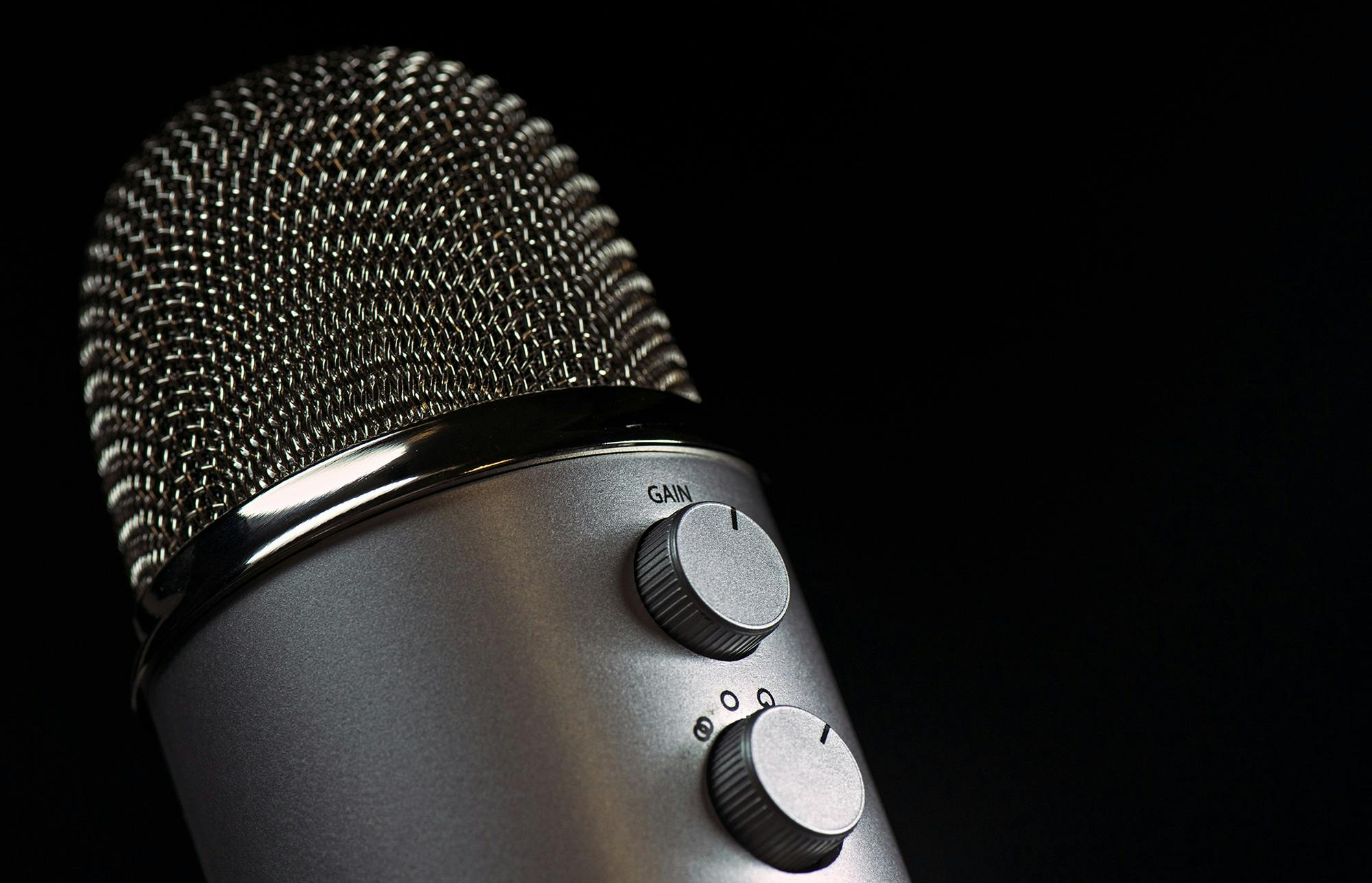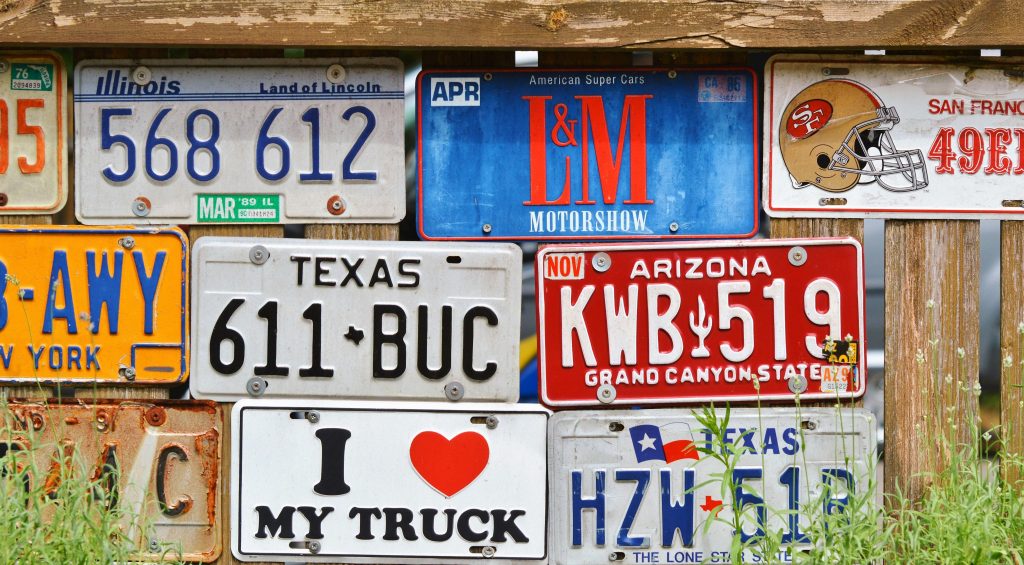Understanding and Resolving Unexpected “Activate Windows” Prompts
In recent times, many Windows users have encountered an unexpected and somewhat perplexing notification on their screens demanding that they “Activate Windows.” Despite not encountering any significant changes in system performance, this notification can be frustrating and cause concern. In this comprehensive guide, we will delve into the potential reasons behind this issue, explore practical solutions to resolve it, and help users understand the underlying mechanics of Windows activation.
What is Windows Activation?
Before we proceed with troubleshooting, it’s important to understand what Windows activation is and why it is crucial. Windows activation is a process used by Microsoft to verify that a genuine copy of its operating system is being used. This validation deters counterfeit Software, ensuring users receive a legitimate product with regular updates, support, and security enhancements. Activation typically ties a product key to your hardware configuration, aligning it with your Microsoft account, facilitating reactivation when significant hardware changes occur.
Once successfully activated, your version of Windows will receive ongoing support, including security patches, feature updates, and bug fixes, making activation a fundamental aspect of maintaining a healthy operating system.
Why Might Activation Alerts Suddenly Appear?
Various factors could prompt an unexpected “Activate Windows” notification, despite your system continuing to function as effectively as before. Here are some common reasons why this might happen:
1. Expired Activation
Many users may inadvertently use a trial version of Windows, which may have a limited activation period. Upon expiration, the system will request a valid product key to remain active. It usually happens when:
- Initial activation was via a limited trial.
- Your original license was temporary or conditional (e.g., a beta version).
- You were part of an academic or promotional program offering temporary licenses.
2. Significant Hardware Changes
Windows ties its activation to your system’s hardware. If components like the motherboard, hard drive, or network card are replaced or altered, Windows may no longer recognize the system as the one originally activated, thus prompting for reactivation.
3. Installation of a Major Update
Windows updates can sometimes reset or mistakenly deactivate the operating system. This is more likely after a major upgrade, like moving from Windows 10 to Windows 11. Updates often modify core files, prompting Windows to verify activation status.
4. Issues with Activation Servers
Occasionally, Microsoft’s activation servers experience temporary outages or technical problems, disrupting activation verification processes. In such instances, patience can often resolve the error as servers are usually restored promptly.
5. License Key or Account Issues
- Revoked or Invalidated License: In situations with volume licensing or gray-market keys, Microsoft might void a key if it becomes compromised or is found to be circulated beyond legal terms.
- Microsoft Account Issues: Sometimes the issue might be as simple as a faulty synchronization with your Microsoft account. Ensure your Microsoft account is correctly linked to your operating system.
How to Fix “Activate Windows” Issues
Now that we know what might cause this alert, here are several strategies to resolve the issue. While some cases are straightforward, others might require a bit more troubleshooting.
1. Re-enter or Change Your Product Key
First and foremost, users should re-enter their product key to ensure it’s applied correctly. Here’s how you can do it:
- Open the Settings app from the Start menu.
- Navigate to Update & Security > Activation.
- Click on Change product key.
- Enter your 25-character product key and follow the prompts.
Ensure you’re entering a valid product key matching your version of Windows.
2. Reactivate After Hardware Changes
If you’ve recently upgraded or modified your hardware, you’ll need to reactivate your system:
- Go to Settings > Update & Security > Activation.
- Select Troubleshoot. Windows will attempt to reactivate your system based on your digital license.
- If issues persist, select I changed hardware on this device recently and follow the prompts, ensuring you’re signed into the same Microsoft account used initially for activation.
3. Check for Updates
Keeping Windows updated ensures you have the latest patches, which may help solve activation errors:
- Open Settings > Update & Security > Windows Update.
- Click Check for updates and follow any available instructions to update your system.
4. Use the Activation Troubleshooter
Windows provides a built-in troubleshooter specifically for handling activation issues. To use it:
- Go to Settings > Update & Security > Activation.
- Click Troubleshoot. Let the tool diagnose and attempt to solve the activation issue.
5. Contact Microsoft Support
If all else fails, contacting Microsoft Support is often an effective solution. They can validate your key’s authenticity and assist with activation:
- Access Microsoft’s support page or use the built-in Get Help app in Windows.
- Provide them with your product key and purchase details, if necessary.
Preventing Activation Issues
While some activation problems are unavoidable, there are proactive steps you can take to minimize the risk of encountering them:
Maintain Records of Purchase
Always keep a copy of your original purchase receipt or confirmation email for your Windows product key. These can be indispensable if ever faced with licensing issues.
Avoid Unofficial Sources
Steer clear of licenses from non-reputable vendors, especially those selling keys at a substantial discount, as these are typically unsupported by Microsoft. Always obtain Windows through authorized retailers or the official Microsoft Store.
Backup Before Major Changes
Before undertaking major hardware modifications or migrating to a new version of Windows, ensure you have a complete system backup. This preparation provides a safety net should activation issues arise during transitions.
Link Your Microsoft Account
Linking your Microsoft account to your Windows license is an excellent security measure. It facilitates reactivation post-hardware updates or fresh system installations.
Conclusion
While the appearance of an unexpected “Activate Windows” notification can be troubling, it is typically resolvable with a few key steps. Understanding Microsoft’s activation process, embracing regular system updates, and maintaining diligent records can prevent future complications and ensure uninterrupted access to your operating system’s vital features. Should these tactics not yield results, Microsoft Support stands ready as an invaluable resource for resolving more intractable cases. By appreciating both the necessary steps and the underlying principles at play, users can swiftly address activation disturbances and resume their computing endeavors with minimal disruption.
Share this content:



